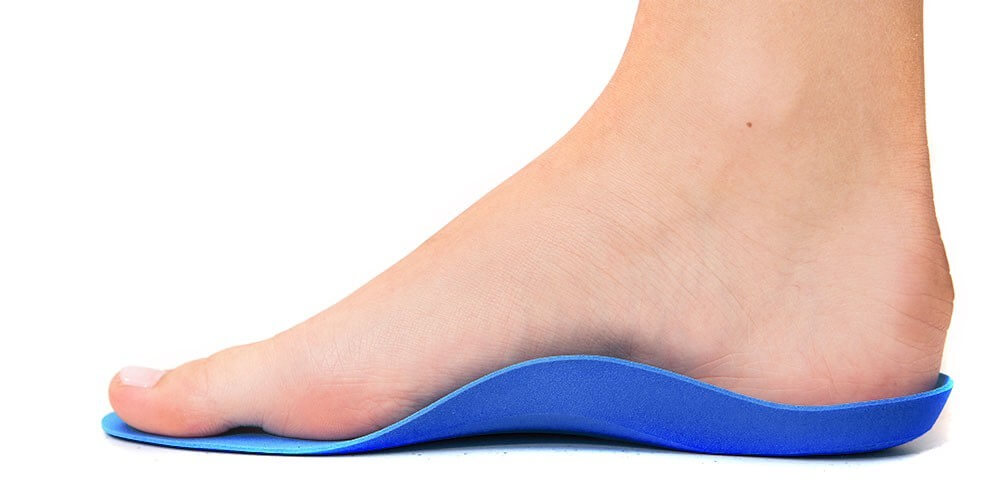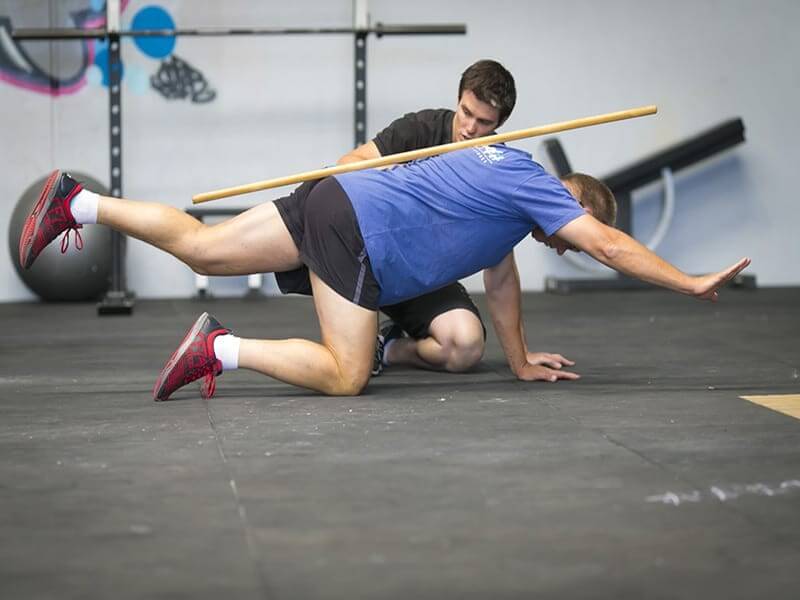
Tendinopathy and Injections: What you NEED to know before deciding whether or not to have an injection!
Below is a recent review of evidence based papers on the effectiveness of injection therapy for achilles tendinopathies.
Injection therapies for Achilles tendinopathy
Rebecca S Kearney, Nick Parsons, David Metcalfe, Matthew L Costa First published: 26 May 2015
Abstract
Background
Achilles tendinopathy is a common condition, often with significant functional consequences. As a wide range of injection treatments are available, a review of randomised trials evaluating injection therapies to help inform treatment decisions is warranted.
Objectives
To assess the effects (benefits and harms) of injection therapies for people with Achilles tendinopathy.
Search methods
We searched the following databases up to 20 April 2015: the Cochrane Bone, Joint and Muscle Trauma Group Specialised Register, the Cochrane Central Register of Controlled Trials (CENTRAL), MEDLINE, EMBASE, AMED, CINAHL and SPORTDiscus. We also searched trial registers (29 May 2014) and reference lists of articles to identify additional studies.
Selection criteria
We included randomised and quasi-randomised controlled trials evaluating injection therapies in adults with an investigator-reported diagnosis of Achilles tendinopathy. We accepted comparison arms of placebo (sham) or no injection control, or other active treatment (such as physiotherapy, pharmaceuticals or surgery). Our primary outcomes were function, using measures such as the VISA-A (Victorian Institute of Sport Assessment-Achilles questionnaire), and adverse events.
Data collection and analysis
Two review authors independently extracted data from the included studies. We assessed treatment effects using mean differences (MDs) and 95% confidence intervals (CIs) for continuous variables and risk ratios (RRs) and 95% CIs for dichotomous variables. For follow-up data, we defined short-term as up to six weeks, medium-term as up to three months and longer-term as data beyond three months. We performed meta-analysis where appropriate.
Main results
We included 18 studies (732 participants). Seven trials exclusively studied athletic populations. The mean ages of the participants in the individual trials ranged from 20 years to 50 years. Fifteen trials compared an injection therapy with a placebo injection or no injection control, four trials compared an injection therapy with active treatment, and one compared two different concentrations of the same injection. Thus no trials compared different injection therapies. Two studies had three trial arms and we included them twice in two different categories. Within these categories, we further subdivided injection therapies by mode of action (injury-causing versus direct repair agents).
The risk of bias was unclear (due to poor reporting) or high in six trials published between 1987 and 1994. Improved methodology and reporting for the subsequent trials published between 2004 and 2013 meant that these were at less risk of bias.
Given the very low quality evidence available from each of four small trials comparing different combinations of injection therapy versus active treatment and the single trial comparing two doses of one injection therapy, only the results of the first comparison (injection therapy versus control) are presented.
There is low quality evidence of a lack of significant or clinically important differences in VISA-A scores (0 to 100: best function) between injection therapy and control groups at six weeks (MD 0.79, 95% CI -4.56 to 6.14; 200 participants, five trials), three months (MD -0.94, 95% CI -6.34 to 4.46; 189 participants, five trials) or between six and 12 months (MD 0.14, 95% CI -6.54 to 6.82; 132 participants, three trials). Very low quality evidence from 13 trials showed little difference between the two groups in adverse events (14/243 versus 12/206; RR 0.97, 95% CI 0.50 to 1.89), most of which were minor and short-lasting. The only major adverse event in the injection therapy group was an Achilles tendon rupture, which happened in a trial testing corticosteroid injections. There was very low quality evidence in favour of the injection therapy group in short-term (under three months) pain (219 participants, seven trials) and in the return to sports (335 participants, seven trials). There was very low quality evidence indicating little difference between groups in patient satisfaction with treatment (152 participants, four trials). There was insufficient evidence to conclude on subgroup differences based on mode of action given that only two trials tested injury-causing agents and the clear heterogeneity of the other 13 trials, which tested seven different therapies that act directly on the repair pathway.
Authors’ conclusions
There is insufficient evidence from randomised controlled trials to draw conclusions on the use, or to support the routine use, of injection therapies for treating Achilles tendinopathy. This review has highlighted a need for definitive research in the area of injection therapies for Achilles tendinopathy, including in older non-athletic populations. This review has shown that there is a consensus in the literature that placebo-controlled trials are considered the most appropriate trial design.


